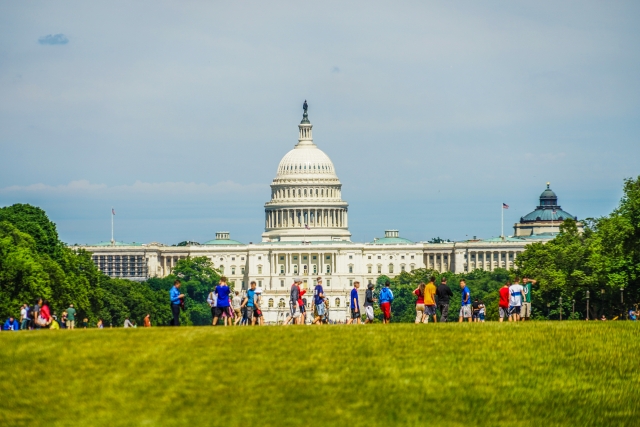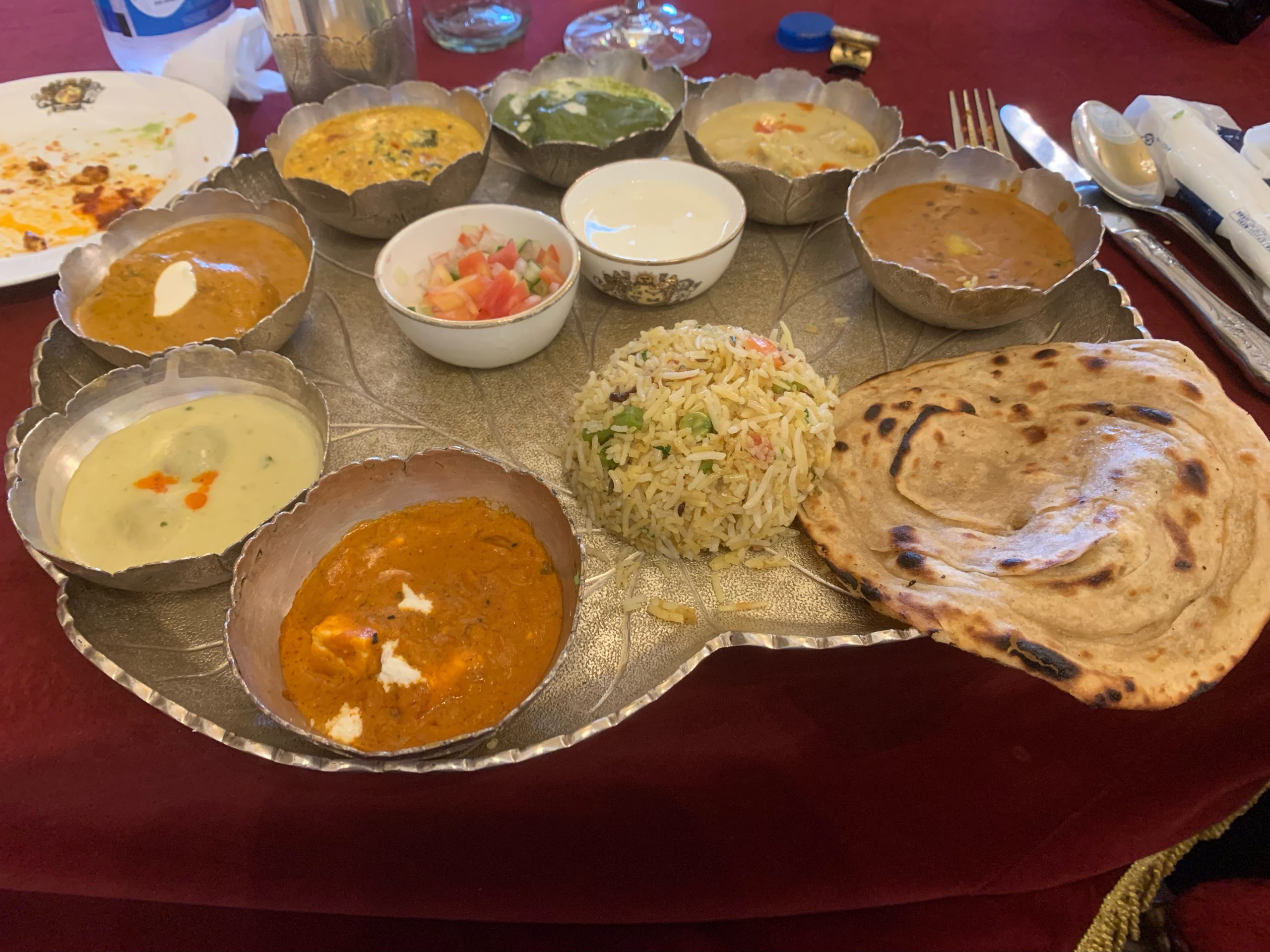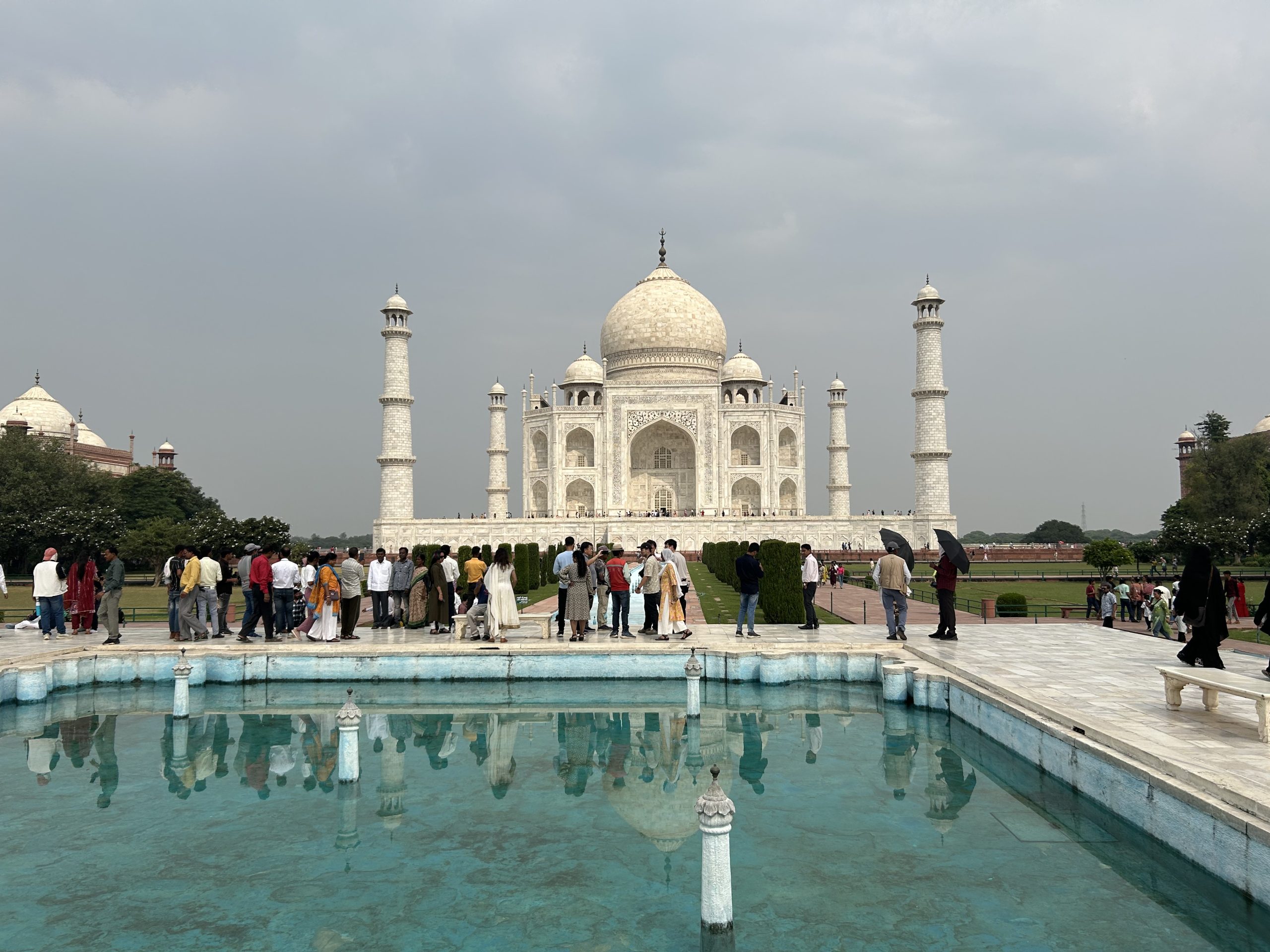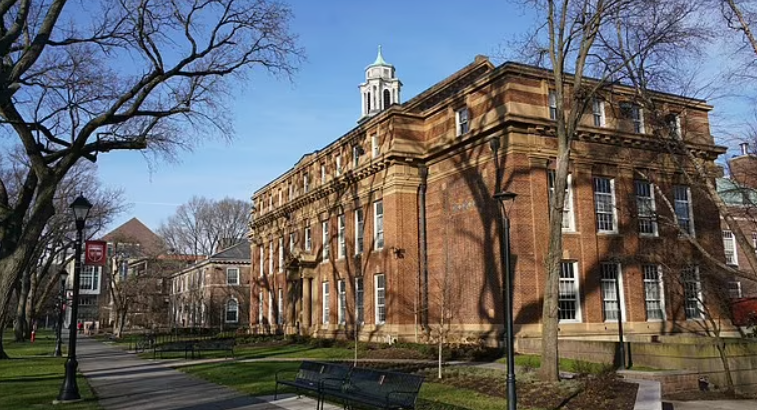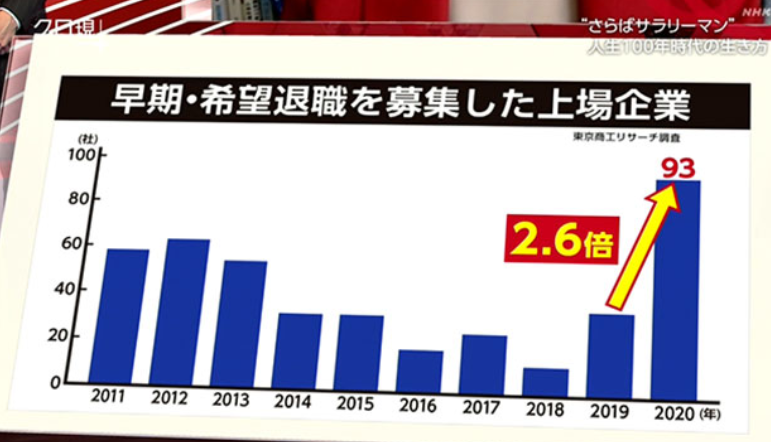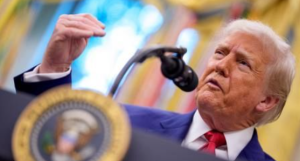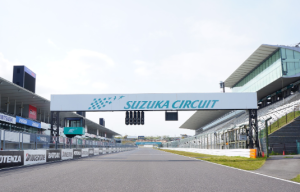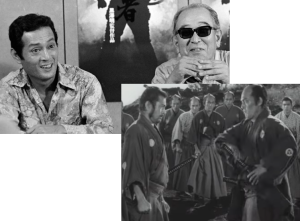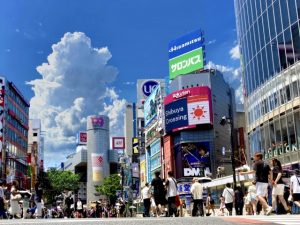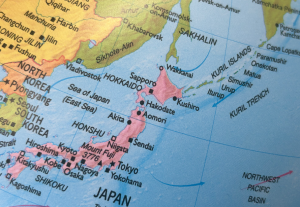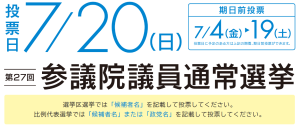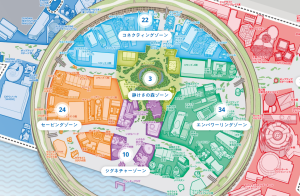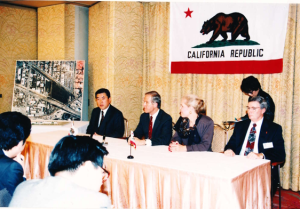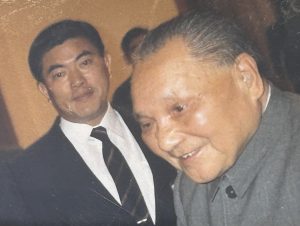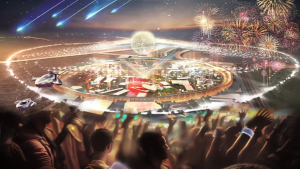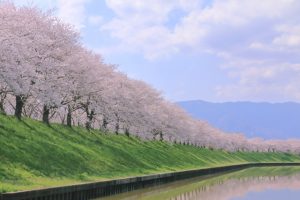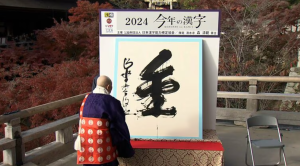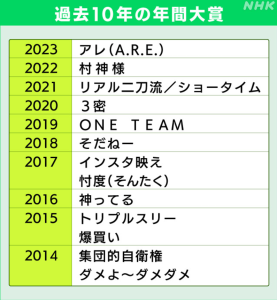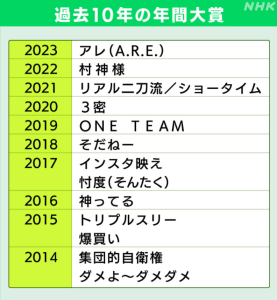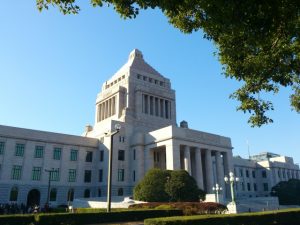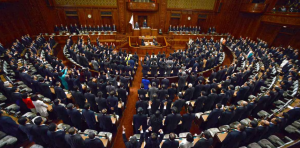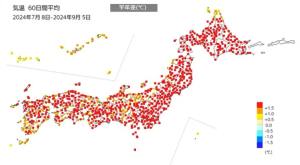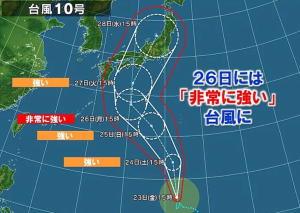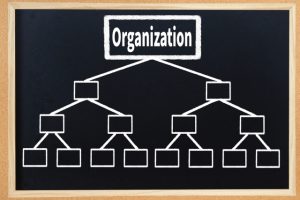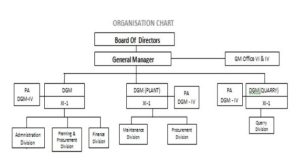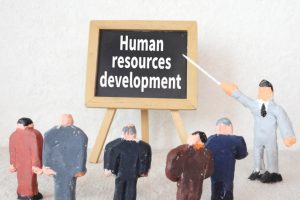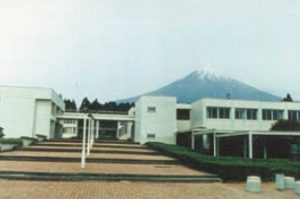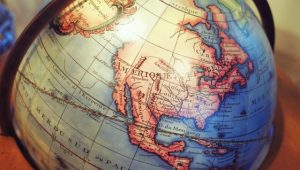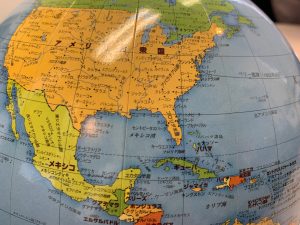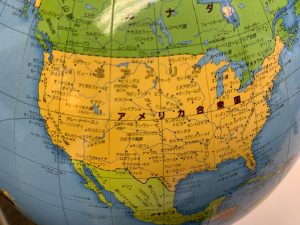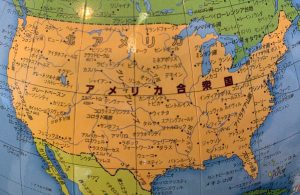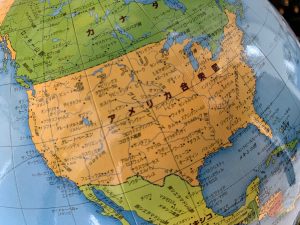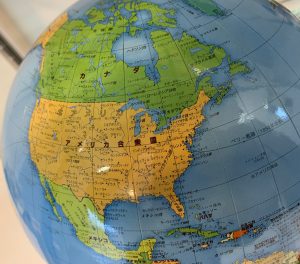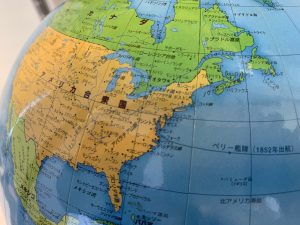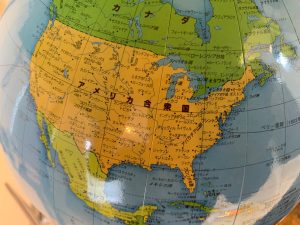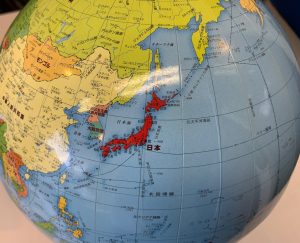Re: A news item and subject which I just want to check out (154) October 25, 2024
This blog streaming is the second time in October, and the next one is scheduled for November 8. At that time, the results of election for the House of Representatives held on October 27 in Japan and presidential election and election of senators and congressmen held on November 6 in Japan time in the United States are known. I wonder what the results will be. The world is uniformly watching over the presidential election in the United States with breathless interest now, because history will change greatly depending on whether Vice-President Harris (the Democratic Party) wins or former President Trump (the Republican Party) comes back.
At the end of the day, I want to believe that the sense of balance for democracy by American people will work. Well, we will see what will happen.
■■What I have recently thought and focused on:
■I made a trip to India:
I joined the tour and visited India from October 15 to 22. My first visit to India was about 50 years ago from now, and it was 2 nights when I stopped over in Mumbai (naming Bombay at that time) on the way to Europe via the southern route. After that, I visited India 5 or 6 times on business. This time was the first time in 6 years due to the impact of the spread of corona infection. And I have never visited anywhere other than Delhi, because my purpose was business, but this time, it was the visit for sightseeing for the first time. The distance between Japan (Haneda) and Delhi is about 6,500 km, flight time is about 8 hours and the time difference is 3.5 hours. The size of land is about 9 times as large as Japan.
Visit destinations this time are as follows. ① Delhi→Benares→Sarnath, sightseeing of the Ganges River ② Benares→via Delhi→Jaipur, world heritage site Amber Fort (built in 16th century), world heritage site Jantar Mantar (sundial and astronomical observation facilities constructed in 18 h century) ③ Jaipur→280 km by bus→Agra, world heritage site Fatehpur Sikri (constructed in 16th century), Chand Baori (stepped wells built in 8~9 h century), world heritage site Taj Mahal (constructed in 17th century), world heritage site Agra Fort (constricted in 16th century) ④ Agra→243 km by bus→Delhi, world heritage site Qutub Minar (mosque built in 12th century), Gateway of India, official residence of president and city tour.
According to prior knowledge, after October it enters the dry season and the temperature drops and it is a season for travelling, but in fact, it was extreme heat in excess of 30 degrees everywhere. During one week stay, every breakfast, lunch or supper was curry taste, but I also enjoyed dishes mainly naan and chicken and chai after the meal. By the way, the total length of the Ganges River flowing through northern India is about 2,500 km and it is a big river that has a lot of tributaries and huge watershed area coming from Himalayan glacier. And it is considered as a holy river for Hindus (about 80 % of all nationals). A prayer ceremony (Puja) dedicated to the Ganges River and fire of cremation on the shore (Ghat) were very impressive at night. To cremate a body, turn it into ashes and flow into the Ganges River is considered as the greatest wishes for Hindus. I was once again impressed by the strength of religion of Indian people.
I visited a lot of world heritage sites during this trip and the most memorable site was Taj Mahal after all. It is a white beautiful marble building(mausoleum) built by the king at the height of power of Mughal Empire (the fifth emperor) for his wife. The construction started in 1632 and it took 22 years to complete. It has a must-view value. I could know partially Indian culture that is a mix of Hinduism and Islam everywhere I visited this time, and it was a meaningful trip.
The history in India is considered as about 3,000 ~4,000 years. And now it has world’s largest population (1.44 billion), and last year’s GDP growth rate reaches 8.2 %. It is said that India will overtake Japan’s GDP scale next year. But according to IMF, GDP per capita in India remains at 144 th among 191 countries in the world (Japan is 34 th). I wish that India will develop smoothly, but India has various social issues such as multiethnic, multilingual, strong religious influence (Hinduism 80 %, Islam a little less than 15 %), the existence of 29 states that have strong individuality, the existence of royalties that have significant influence in politics and economy, exceptionally high poverty rate in the world (24 %), deep-rooted caste system and so on. Therefore, for Japanese companies to get a business off the ground in India, it takes a fair amount of determination. Half-hearted thinking can’t break down “walls”.
■The difference of culture of donation between Japan and the United States:
According to a survey targeting 757 U.S. universities by CASE research organization in the United States, the total amount of donation to universities was 58 billion dollars. The university with the highest donation-related income is Harvard University (2.7 billion) and the second is Princeton University known for cutting-edge research in mathematics and physics (2.48 billion). On the other hand, according to the Ministry of Education, Culture, Sports, Science and Technology, in Japan, the amount of donation to universities remains 240 billion yen summing up national universities and private universities (including in-kind donations), and the difference between the United States and Japan reaches 35 times. And the percentage of donation accounting for the income of educational activities is 6 % at Keio University, 4 % at Waseda University, and in case of national university, 7 % at Tokyo University. It can’t be denied that the difference of donation income is reflected in the difference in research capabilities between Japan and the United States.
The backgrounds are as follows. ① In the United States, alumni awareness among graduates is strong, and universities are actively soliciting donations using such communities ② There are tax differences, and the amount that can be deducted is up to 60 % of income in the United States and up to 40 % in Japan. The amount that can reduce the tax burden by donation is much larger in the United States.
By the way, in emerging countries, there are expenses for which receipts can’t be obtained in order to keep things running smoothly, even from public institutions. Even in developed countries, in the United States, there is a tipping system. This is a kind of culture or habit. In Japan, it is said that the tax collection system is robust (compared to other countries), and it is a system where the government collects funds and then reallocates them based on different purposes. But this way, the individual can’t understand how their paid taxes are being used or utilized. Of course, there is “hometown tax” in Japan, but the amount is limited. It is not uncommon for a library, hospital and so on to be named after a donor, because tax deductions by donations are substantial in the United States. This way, you can make donations that align with your personnel feelings, leading to greater satisfaction. I think that increasing individual discretion would lead to more donations in Japan.
■Sufficiency rate of new graduates and occupation view of young people:
According to a survey of hiring situation of new graduates in 2025 by the Nikkei, the number of new graduates decided unofficially of major companies (joining the company in spring 2025) increased by 4.0 % compared to the number in spring 2024 for 3 consecutive years. The sufficiency rate indicating a level of achievement is the second lowest in history, and science and technology is the lowest in history. Companies are increasing midyear hiring, because hiring new graduates are not going according to planned. The number of the plan in 2024 was 166,000 increased by 16.2 % compared to previous year’s results, and the percentage of total hiring was 50.8 %, more than half.
By the way, according to “youth survey” by Hakuhodo life research institute, 19~22 years old answered “preference for large companies over venture businesses” is 63 %, significantly higher than 39 % in 1994. Their parents are the employment ice age generation and then they seem to seek stability. On the other hand, they seem to have no hesitation about changing jobs, and when Recruit works institute asked “how long do you want to work for the company?” to people who found employment in 2019~2021, “2~3 years” was 28 % and the highest. And just over 70 % answered less than 10 years, and “wanting to keep working until retirement age or retire” was only 20 %. And when Persol research institute asked factors to consider when choosing a job to people in their 20s, the answer of “obtaining various knowledge and skills” is 22 % in 2023, up about 8 points in 5 years.
When I entered the workforce about 60 years ago, I was taught that what is important to company man is “luck, dullness and patience”. Of course, at that time, “lifetime employment system” was an assumption or common sense. It is so-called “membership-type”. But this is out of step with the times, and it can be said that it is in a transitional period to “job type” (function-type). I don’t know if this will work. Can we transform ourselves from indigenous Japanese ethnic characteristics called “Agricultural People” to strict “Hunting People” in the Western style? In order to survive “Era of 100-year lifetimes”, it is essential to make efforts to raise the value of your own products (human power) having a substantial amount of determination. I think that it is important to evaluate yourself calmly rather than repeatedly changing jobs carelessly and find the way of life that suits you best.

